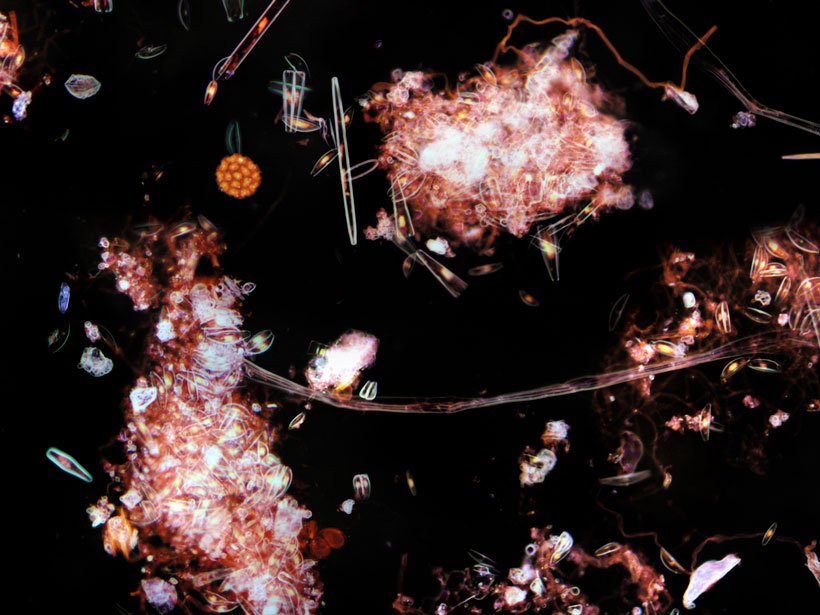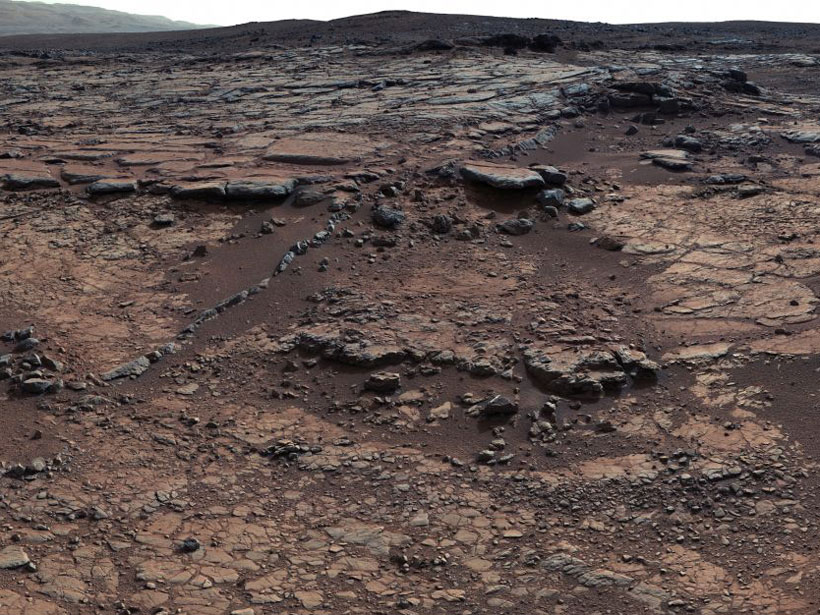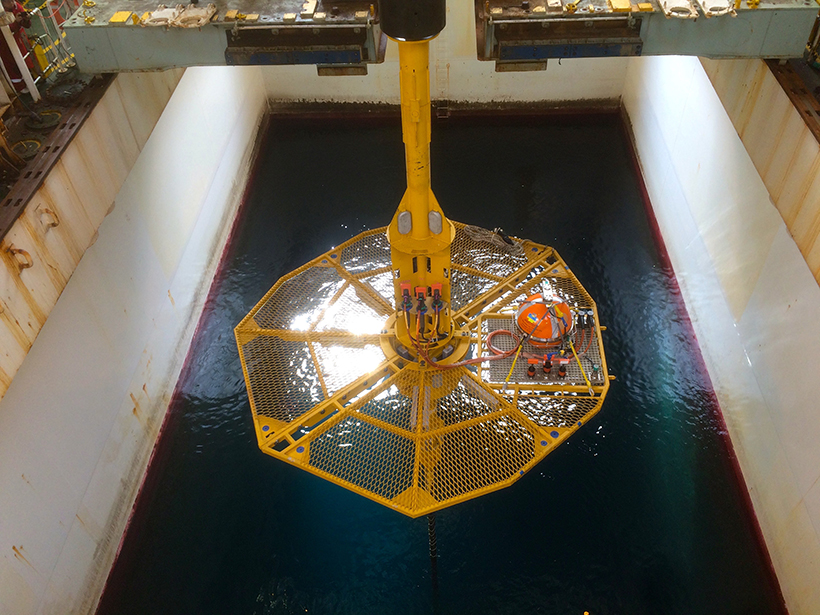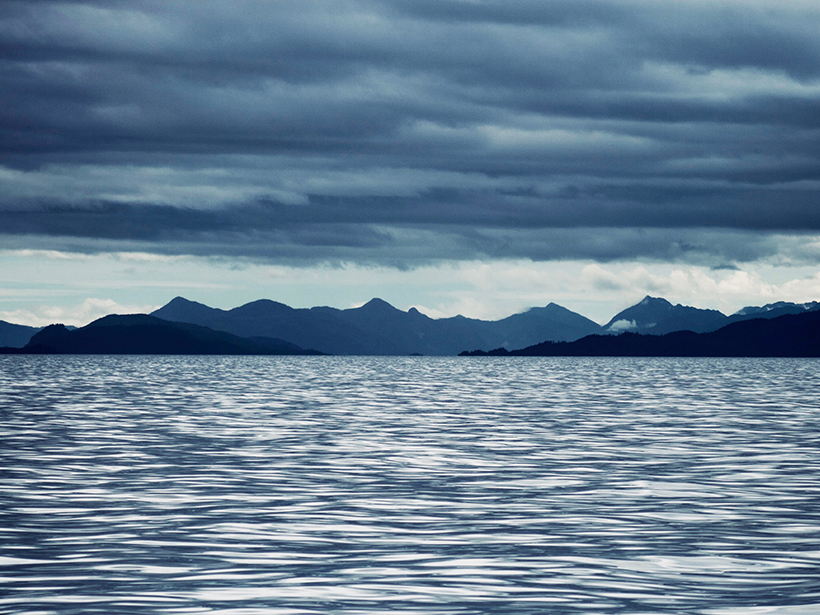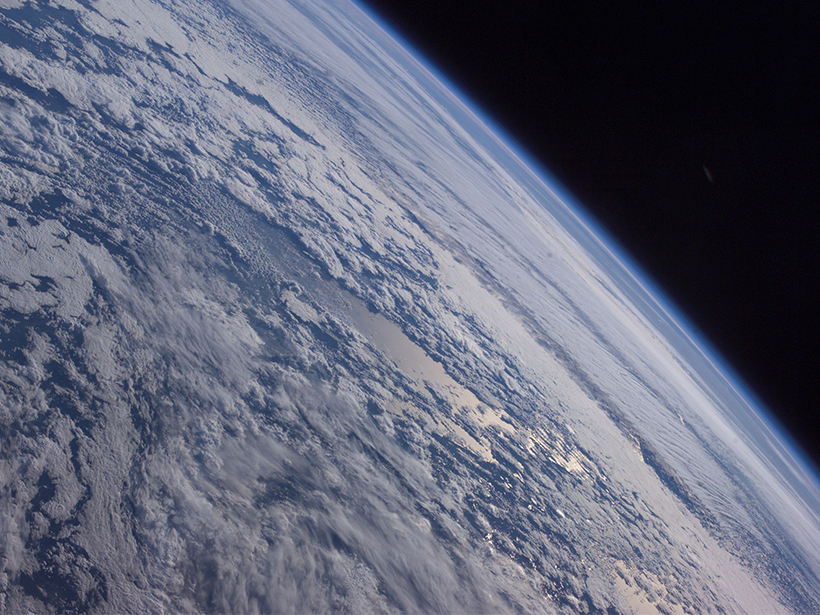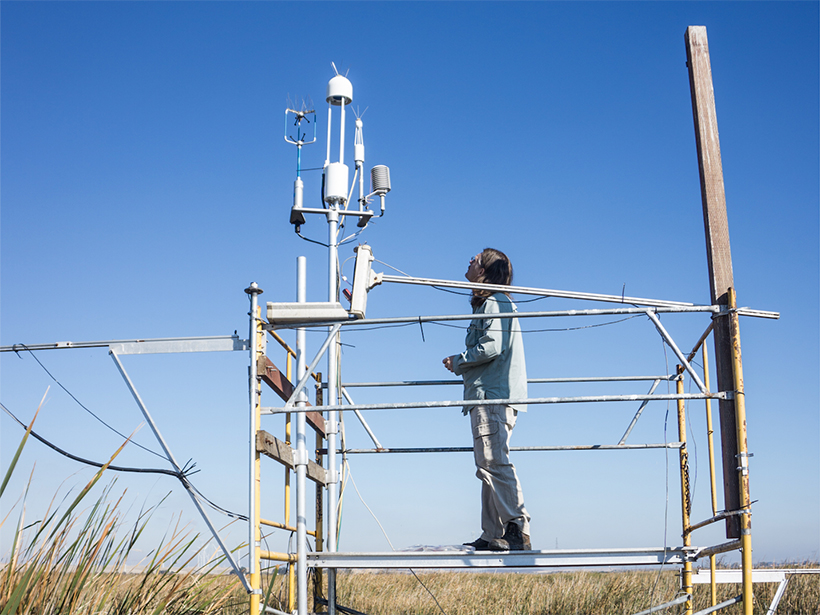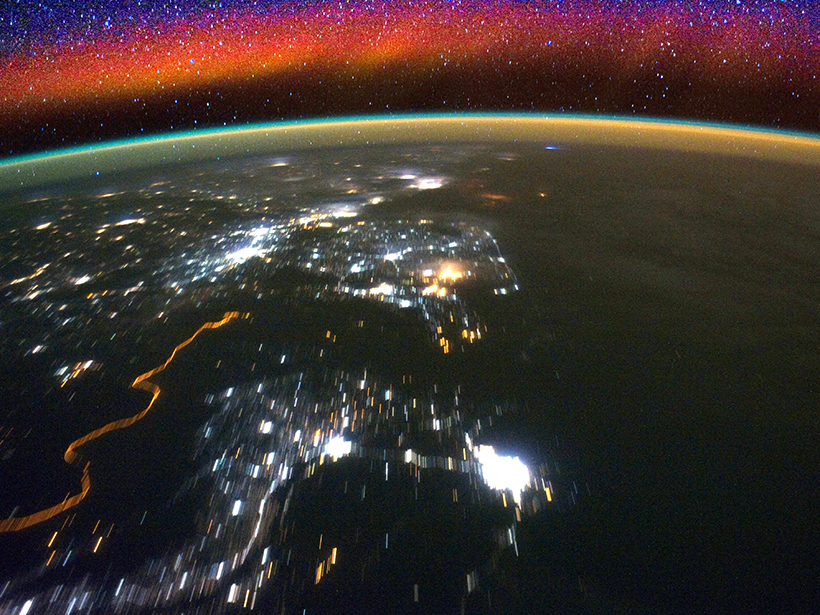Underwater gliders provide unprecedented, daily data that reveal new insights into how carbon gets from the atmosphere to the deep ocean.
Sarah Stanley
Sarah Stanley, a freelance writer for Eos, has a background in environmental microbiology but covers a wide range of science stories for a variety of audiences. She has also written for PLOS, the University of Washington, Kaiser Permanente, Stanford Medicine, Gladstone Institutes, and Cancer Commons, a nonprofit that works with cancer patients.
Rising Temperatures Reduce Colorado River Flow
Hotter conditions have played a much greater role in reducing flow during the ongoing Millennium Drought than in a mid-20th century drought.
Eddies Influence Productivity in the Subtropical Open Ocean
Ocean eddies may help recycle nutrients within giant current systems that encircle “desert” surface waters.
How Will Melting Glaciers Affect Streamflow?
High-resolution modeling of summertime streamflow in the Pacific Northwest reveals the effects of glacial retreat on streamflow will vary by elevation.
Researchers Bring Early Martian Water Chemistry to Life
Lab experiments constrain conditions necessary for a key mineral to have formed in ancient lagoons and a crater lake.
In a Submarine Trough, Permeable Rocks May Lead to Quakes
In Japan’s submarine Nankai Trough, rock permeability is much higher when measured at larger scales, likely because of big fractures and faults that are not captured at small scales.
Tool to Capture Marine Biological Activity Gets Coastal Upgrade
Upwelling hinders an efficient method to estimate a key measure of biological productivity in coastal waters, but accounting for surface temperatures could boost accuracy.
Countergeoengineering Could Ease or Escalate Climate Tensions
Researchers systematically consider the feasibility and political implications of future strategies to counteract temperature-lowering solar geoengineering efforts.
Restored Wetlands Could Lower Local Surface Temperatures
A 3-year study of wetlands and cropland in a major California delta highlights the need to consider the physical effects of vegetation when planning land use changes.
High-Altitude “Wind Walls” Discovered near Magnetic Poles
Satellite imaging reveals two narrow channels of extreme winds surrounded by gentle opposing flow 140–250 kilometers above sea level.

